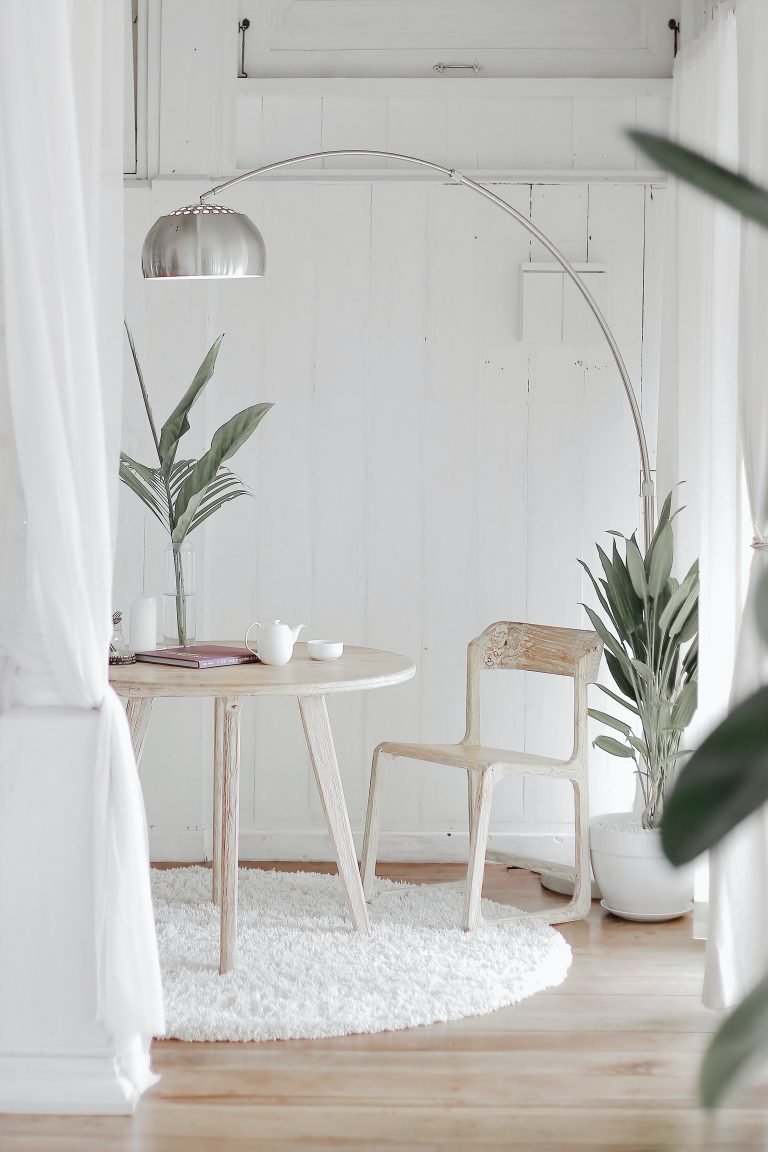Pinterest Strategy for Bloggers
As a blogger, you know you need to be using Pinterest to grow your blog. At first it can seem overwhelming, learning a new platform and wondering which Pinterest strategy is best to get more blog traffic, but I’m here to help! Read on to find out how to create out a pinning strategy that works for you.
The first thing to do is to take a look at your content. How often do you blog? How often can you blog? Pinterest loves fresh content, and the more blog posts you have the better you’ll do on the platform (generally speaking). It can be harder to grow on Pinterest with only a few URLs to pin to. As well as performing well on Pinterest, adding more content to your blog will also help it grow on Google and get you closer to your goals, whether that’s affiliate sales, Mediavine ads or building your email list. More pages on your blog = more opportunities to create pins linking back to your site.

Don’t burn yourself out though – if you can only produce one new blog post a week, or one every two weeks, that’s fine. Consistency is key. Consider using ChatGPT or other AI platforms to create your first drafts, and it’ll save you so much time.
So now you’ve decided on your blog creation schedule, you need to make sure your Pinterest account is optimised so your Pinterest strategy works as well as it can.
Keyword research is your BFF when it comes to Pinterest – it’s a visual search engine, not social media. There are a few ways to do Pinterest SEO research. Write down 3-5 broad topics your blog covers, and then think about your target audience and what they may be searching for, and the words they might use. Use Pinterest’s search function to search for these topics, and make a note of all the search terms that Pinterest shows you in it’s guided search function (basically the search box). These are what people on Pinterest are actually searching for. They may be different to the ones on Google, and there may be spelling mistakes, but these are the keywords you should use on Pinterest.
Other ways to find keywords for Pinterest include using Pinterest Trends, competitor research, Pinterest Ads tool to find interest groups and trending keywords, and Google tools such as Ubersuggest or Keywords Everywhere (which is now a paid tool – this used to be free). Opening Pinterest in an incognito window can also give you keywords – these appear as little grey bubbles under each pin image.
Keep a track of all these keywords – you can use a spreadsheet, Google Sheets or Airtable. Whatever works for you. Sprinkle these keywords everywhere – your bio, your pin titles, your pin descriptions, your pin text overlays, your blog posts, your URLs – anywhere you can add them without it being spammy.
Create your pins! Create pins that will slow the scroll and attract your ideal client. Try not to use scrolly calligraphy fonts – Pinterest can’t read these, and they’re hard to read for the user too. Most Pinterest users are viewing your content on the mobile app, so make sure your pins are clear and can be seen on a small screen.

What is a Fresh Pin?
Pinterest has said it would prefer fresh content, ie fresh images or fresh pins. This is a new image that Pinterest hasn’t seen before, but it can link to an old URL. In fact, I’ve found that sometimes Pinterest prefers an older URL, especially if you’ve already pinned to it, as the algorithm has indexed the URL and knows what the content is about. Creating new pins for your top performing content is a great way to keep your account growing.
How Many Pins a Day?
The big question I see a lot is “how many pins should I pin a day?”. There is no hard and fast rule for this, as your Pinterest strategy will depend on the amount of content you have. You need to aim for consistent pinning on Pinterest, whether this is one fresh pin a day or 10 fresh pins a day. 10 a day is only going to be achievable if you have a lot of content to create pins for, as pinning to the same URL is very spammy and isn’t something I’d recommend.
How to Create a Pinterest Workflow for your Blog
So you’ve written your blog post and hit publish – how do you promote your blog on Pinterest? What’s the best Pinterest strategy to use?
To start with, aim for one fresh pin a day. Create 5 pin images for each blog post, and schedule these (either in Tailwind or using a spreadsheet to keep track – I use Airtable for my clients without Tailwind) at least 24 hours apart to be pinned to the most relevant board.
You should have 3-5 boards set up for each of your content pillars so that each pin can fit onto multiple boards. For example, a small pink wedding cake pin could be pinned on a Wedding Ideas board, a Wedding Cakes board, a Small Weddings board, a Pink Wedding Inspiration board and a Wedding Trends board. By spacing out the pinning of the images you’re avoiding the spam filters.
If using group boards, evaluate how useful they are for your content before committing to them too much.
I only recommend products I would use myself and all opinions expressed here are my own. This blog may contain affiliate links through which, at no additional cost to you, I may earn a small commission. Read full privacy policy here.
Don’t just repin the exact same image though – it needs to be different for Pinterest to view it as a fresh pin. I would recommend Amy LeBlanc’s Scheduling Shortcuts course if you want to know in more detail how to create fresh pins for Pinterest in next to no time!
I also like to make a couple of video pins for each blog post as well – it can be as simple as using a video instead of an image, or animating one of the elements on your pin design. You can’t make changes to these when scheduling though like you can with a static pin.
Plan to create pins for 1 or 2 blog posts each week (or batch them, by setting aside some time each month) and you’ll soon have a steady stream of pins being pinned onto Pinterest.
Pinners are planners – stay ahead of your audience by pinning seasonal pins way in advance – think Christmas in July, Halloween in May etc. It may seem early but you need to allow enough time for the Pinterest algorithm to index your pins, which can take up to 45 days, and then circulate them. If you’re in a competitive niche it can take longer to see growth so patience is key.
At first you might not see much traction, but this is because Pinterest is a search engine and not social media. There is no instant gratification with Pinterest – it’s a long term investment in your blog or business but with consistency and strategy, this long term investment will pay off. Allow at least 6 months for this strategy to start to work.
Extra Tips for Using Pinterest to Grow Your Blog
- Include some pinnable images in your blog so users can save directly from your website – make infographics or images that are Pinterest pin sizes (1000px x 1500px). Using a plugin like Grow by Mediavine can help you save multiple pin images for users to choose from. Make sure your blog has a Pin It button too – you can use free plugins for this too.
- Create your post URL using keywords you want to rank for on Pinterest. Pinterest takes note of the URL when indexing your pins, so using keywords eg wildflowerva.co.uk/marketing-tips-for-bloggers will help your pins to rank higher than using gobbledegook like wildflowerva.co.uk/fdgkkdhfg78g=.
- After you hit publish on your blog post, schedule in your pins on Pinterest as part of sharing your blog on social media. If you make this part of your routine it becomes easier to do and isn’t as overwhelming as being faced with 200+ blog posts to create pins for.
- If you’re starting out with a Pinterest strategy but have an established blog, make pins for your most popular content first and your newest content. Keep a spreadsheet or tracker so you know which URLs you’ve pinned and work your way through your blog.
I know there are only so many hours in a day, and blogging can take up a ton of them, especially if you want to make blogging a business. If you want to find a better way to spend those hours, rather than dealing with the intricacies of Pinterest strategy, get in touch. I love to work with bloggers who want to grow their blogs and realise what an incredible investment in their business Pinterest can be!





